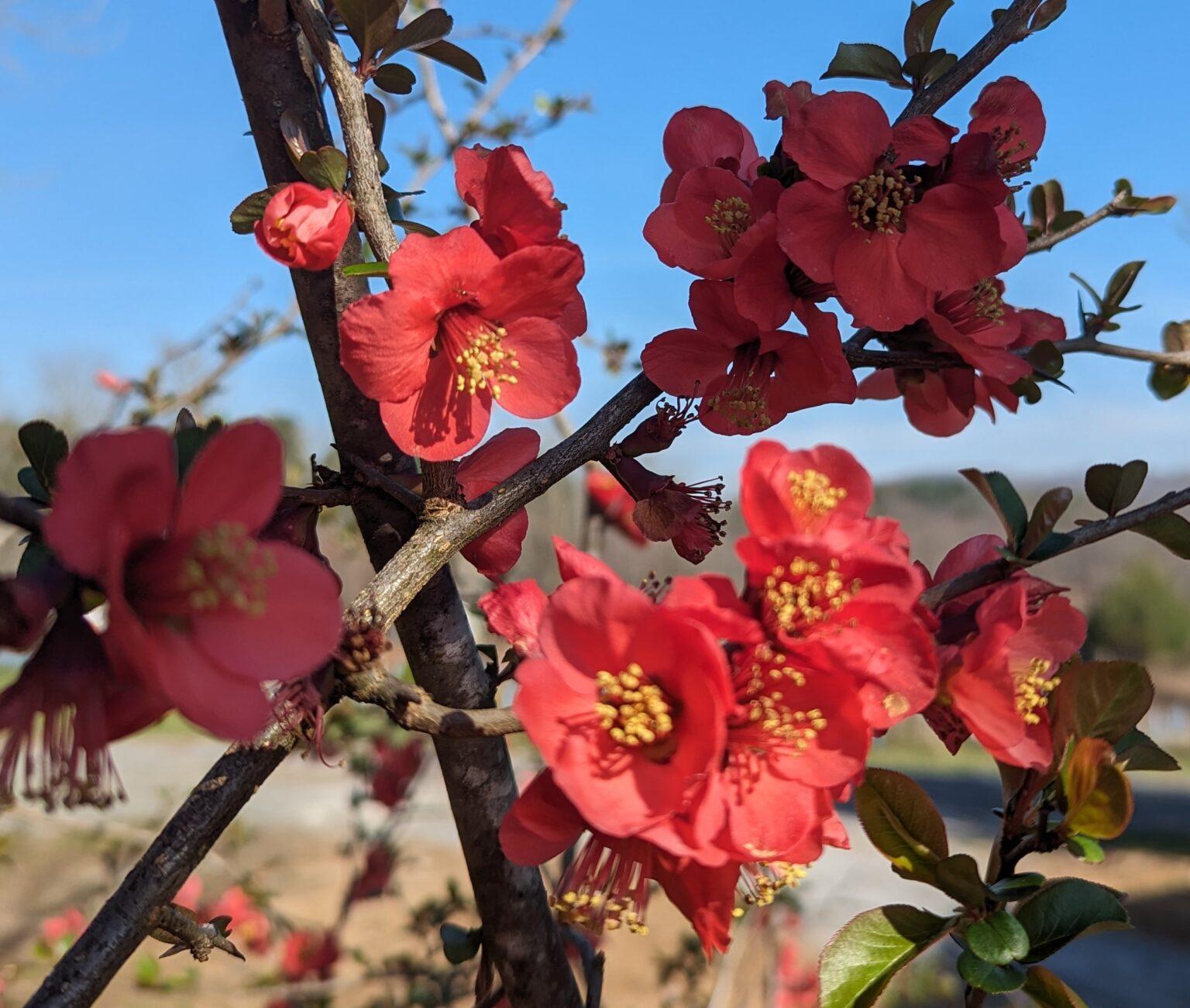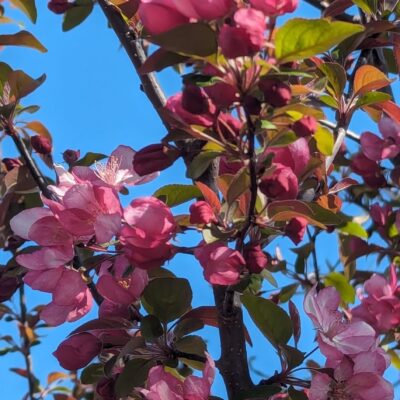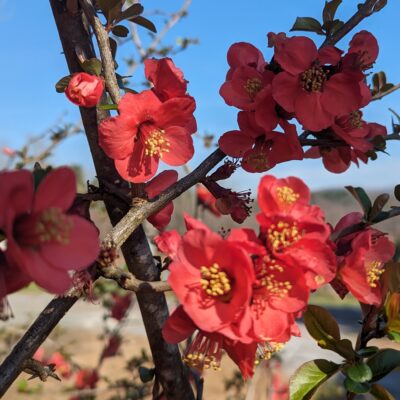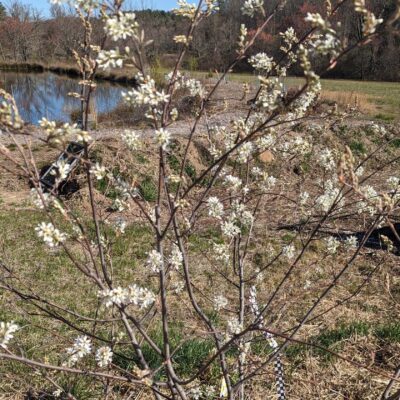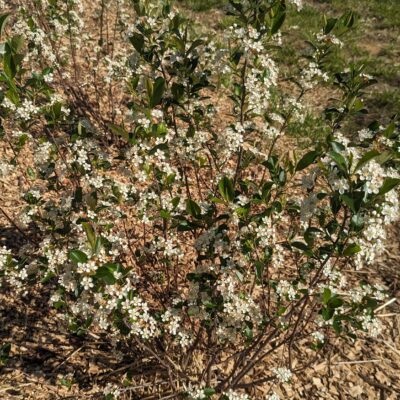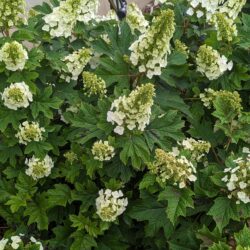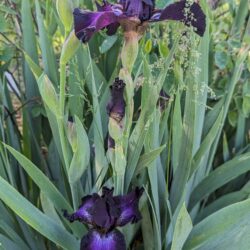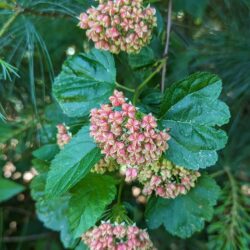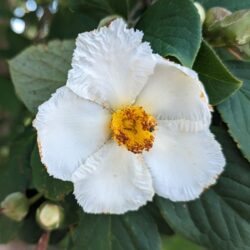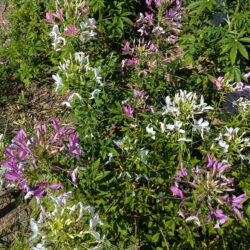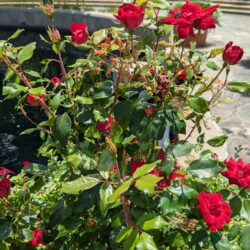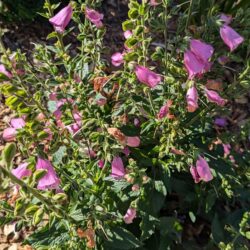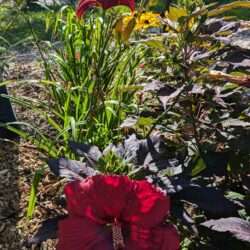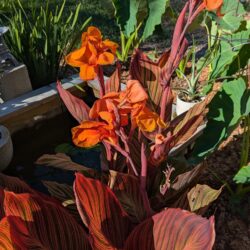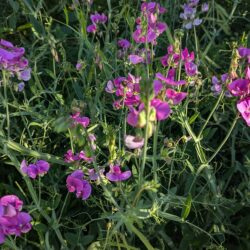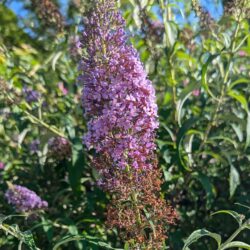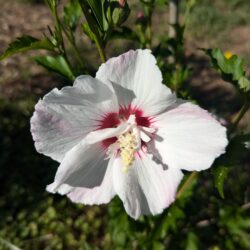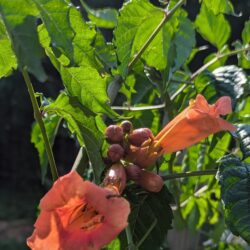Diversity is not only the spice of life, but is its very foundation! In this blog, we will follow the sequence of blooms of the trees, shrubs and perennials in our western North Carolina plot. Sequential flowering is important not only for our enjoyment, but for the support of pollinators. Pollinators include bees, butterflies and hummingbirds, among other creatures. What follows is the sequence of blooms in our garden. The list is not exhaustive, but I think you will get the idea! First, let’s consider the basics of color and scent that lure pollinators to visit an open flower.
Color that Attracts
Bees are attracted to flowers that are white, yellow, purple and blue. Bees cannot see red, but will feed on red flowers that have a strong scent.
Hummingbirds are attracted to flowers that are red, orange, yellow, pink, purple and blue. Hummingbirds have excellent eyesight and are particularly attracted to red. They have no sense of smell, so are not attracted by floral scents.
Butterflies are attracted to flowers that are red, orange, yellow, pink and purple.
Scents that Attract
Herbs attract pollinators, especially bees, which are drawn to rosemary, thyme, marjoram, bee balm, and chamomile. Bees are attracted to sweet scents, while beetles are attracted to strong musty, spicy, fermented or fruity aromas.
The Magnolias: Early in Evolution and Bloom
Some very early flowering trees such as star magnolia and saucer magnolia evolved before bees. They are pollinated by beetles such as scarab beetles, longhorned beetles, sap beetles and checkered beetles. The group produces pollen and fragrances that are attractive to their primary pollinators. In western NC, they bloom in March, and bloom can be shortened by spring frost. Freezing temps will cause the flowers to blast.
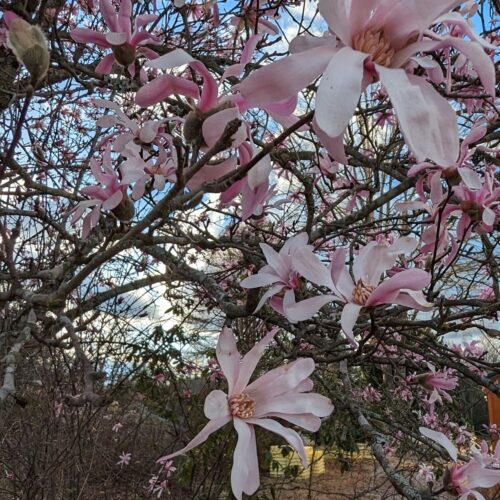
The Rose Family
Quince, crabapple, shadbush, chokecherry, and roses are in the Rosaceae family. Most produce nectar and pollen attractive to bees, and the red colors are attractive to hummingbirds. Quince and crabapple flower in March, shad and chokecherry in April, and roses in summer, a nice progression of bloom for pollinators. However, many members of the Rosaceae are susceptible to disease and insects. Be mindful when using insecticides and fungicides when pollinators are active. Select pesticides with the lowest impact on pollinators, such as fixed copper for diseases and azadirachtin for insect pests.
Quince, crabapple, shad, and chokecherry
Flagrantly Fragrant Blooms
Fragrance in the garden attracts both bees and butterflies. Flowering quince are fragrant with notes of pineapple, lemon and spice. Some varieties of apples produce fragrant blooms that have spicy scents of cinnamon and clove. As its name implies, Korean spice viburnum has a strong, sweet, and spicy fragrance that is very attractive to bees. Lilacs are strongly fragrant in flower. German or bearded iris have a range of aromas that include orange blossom and chocolate. Of course, you plant roses not only for their vibrant colors, but for their fragrance. Some of the most fragrant roses include Don Juan, Madame Anisette, Black Lady and Belle Amour. Sweet pepperbush has a sweet, spicy fragrance much like honey and cloves. Butterfly bush has a honey-like fragrance.
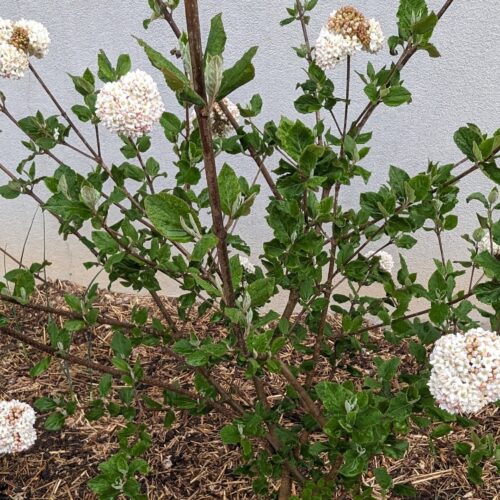
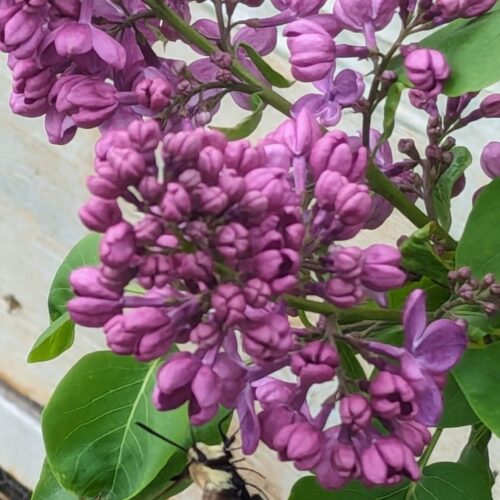
Larval Hosts
A note on butterflies: butterflies start out as caterpillars, which feed on the foliage of plants. Examples are the black swallowtail butterfly caterpillar that feeds on plants in the carrot family including parsley, dill, fennel and Queen Anne’s lace. Monarch caterpillars feed on the foliage of milkweed and dogbane. Mulberry is a host to silk worms and fall caterpillars. Oak trees host, well, a host of species of caterpillars!
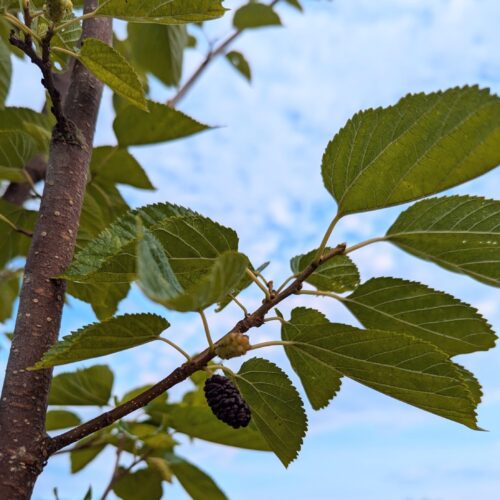
The Pollinator Garden
Ideally, the pollinator garden is comprised of a diversity of native plants. It should be multistoried and comprised of trees, shrubs, perennials, biennials and annuals. If you have room for it, set aside a plot well away from the formal gardens to create the pollinator garden. Then watch not only the caterpillars munch foliage, but birds that in turn munch on them!
Examples of pollinating flowers
German Iris, Oakleaf Hydrangea, Currants, Japanese Stewartia, Cleome, Rose in Bloom. Foxglove, Hardy Hibiscus, Canna Lily, Sweetpea, Butterfly bush, Rose-of-Sharon, Trumpet Vine
Our Blooming Calendar
| Month | In Flower | Pollinators they Attract | Notes |
| Early March | Star Magnolia
Flowering Quince |
Beetles
Bees, hummingbirds |
Pollen & fragrance
Pollen & nectar |
| Late March | Saucer Magnolia
Crabapple |
Beetles
Bees |
Pollen & fragrance
Pollen & nectar |
| Early April | Shadbush
Korean Spice Viburnum |
Bees
Bees, beetles |
Pollen & nectar; berries attract birds
Pollen & nectar |
| Late April | Common Lilac
Chokecherry |
Bees, butterflies
Honey bees, bumblebees, mason bees |
Pollen & nectar
Pollen & nectar |
| Early May | German Iris | Bumblebees | Pollen & nectar |
| Late May | Oakleaf Hydrangea
Currants |
Bees, butterflies
Honey bees, native bees |
Pollen & nectar
Pollen & nectar |
| Mid-June | Japanese Stewartia | bees | Pollen & nectar |
| Late June | Daylily
Sunflower Cleome Foxglove Mulberry ‘Illinois Everbearing’ |
Hawkmoth & swallowtail butterflies
Honey bees, native bees Bees, butterflies & hummingbirds Bees, butterflies & hummingbirds Butterflies |
Pollen & nectar
Pollen & extrafloral nectaries; seeds attract birds Pollen & nectar Pollen & nectar Caterpillars & fruit attracts birds |
| Early July | Roses
Sweet Pepperbush
Hardy Hibiscus Canna Sweet pea Butterfly bush Rose-of-Sharon Trumpet vine |
Bees
hummingbirds, butterflies, native bees, bumblebees, honey bees, wasps, flies Bees, hummingbirds Butterflies, bees, hummingbirds Butterflies, bees, hummingbirds Butterflies, bees, wasps, beetles & hummingbirds Bees, butterflies, hummingbirds Bees, butterflies, hummingbirds |
Pollen
Pollen & nectar
Pollen & nectar Self-fertile, but produces pollen & nectar Self-fertile, but produces pollen & nectar Pollen & nectar Pollen & nectar Extrafloral nectaries at base of flower |
In the next blog we’ll consider a featured creature that feeds on plant and tree foliage; it looks much like a caterpillar, but in fact belongs to an ancient lineage of wasps!
~ Signing off for now, Joe

